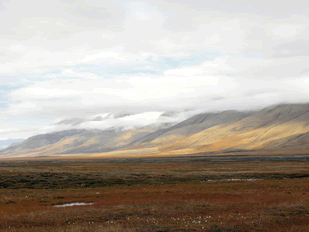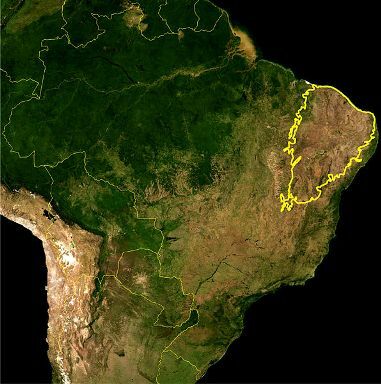Spring starts every year between September 22nd and 23rd and ends between December 21st and 23rd.
Thus, this season begins right after winter and ends with the arrival of summer, hence the meaning of its name. The word spring comes from Latin cousin vere, which means "before summer".
Known as the flower season, because several flowers bloom at that time, making the landscapes more beautiful, in spring the weather is usually quite pleasant.
Discover spring characteristics
- mild temperatures;
- flowery landscape;
- higher incidence of rain;
- days and night have the same duration;
- animal reproduction;
Mild temperatures: in spring, the temperature is usually very mild and pleasant.
flowery landscape: There is a beautiful change in the landscape, taking into account that most of the plants bloom, coloring nature. With this, the pollinating animals are more active.
Higher incidence of rain: the increase in heat also causes an increase in humidity, causing it to rain more often in spring.
Days and nights have the same duration
: as a result of the translation movement, days and nights are equal in duration, however, throughout spring, the days get longer.animal reproduction: it is in spring that most animals reproduce and build nests.
Spring in Brazil
For most Brazilian regions, spring is usually marked by a gradual increase in heat. Thus, although it does not always happen that way, initially with a mild temperature, the heat increases throughout the spring to welcome the summer.
As the temperature increases, the humidity also increases and there is more rain.
The Brazilian spring is also marked by El Niño. With a frequency between 2 to 7 years, this natural phenomenon intensifies rainfall in the Center-South and droughts in the North and Northeast.
Early spring in the northern and southern hemispheres
South hemisphere: September 22nd or 23rd until December 21st or 22nd. It is called the southern spring.
North hemisphere: March 20th or 21st until June 20th or 21st. It is called the northern spring.
The first day of spring occurs with the equinox, which is an astronomical phenomenon in which the sun shines more intensely on the regions closest to the equator.
Translation is primarily responsible for changing seasons. The Earth's position in relation to the Sun explains the fact that seasons alternate between the hemispheres. When it is spring in the southern hemisphere, where Brazil is located, it is autumn in the northern hemisphere.
Learn more about the seasons:
- The seasons of the year
- Summer
- Autumn
- Winter



